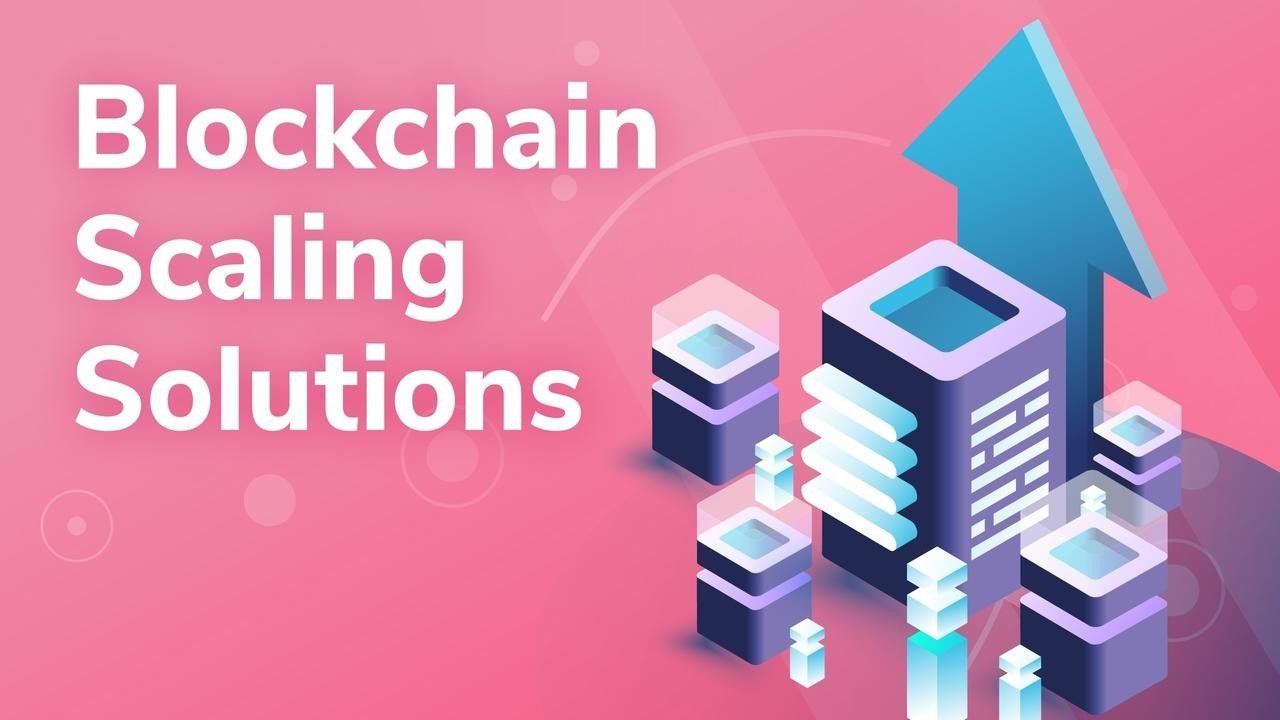As with many things, Blockchain is not a completely seamless mechanism and has its own problems that need to be solved. One of them is scaling problems, Layer 1 and Layer 2 scaling solutions come into play here. So what are Layer 1 and Layer 2 scaling solutions?
Before we talk about Layer 1 (L1) and Layer 2 (L2) scaling solutions, we need to learn what Layer 1 and 2 mean. Let’s learn together what these concepts mean and then examine their solutions.
What is Blockchain Layer 1 (L1)?
Layer 1 usually refers to a Blockchain or the basic level of Blockchain. Bitcoin (BTC), Ethereum (ETH), and Litecoin (LTC) are all examples of layer 1 blockchains. Solutions associated with this are often applied to the original Blockchain itself. These are updates that involve changing mechanisms or rules to increase processing capacity. In addition to data, more users use the network, creating the need for Layer 1 scaling solutions.
Distinctive L1 scaling solutions, consensus protocol. includes replacement. As an example, Bitcoin is one of the few cryptoassets using PoW, with Ethereum’s transition from Proof of Work (PoW) to Proof of Stake (PoS). With the transition to PoS, the need for mining also means that the energy used for the network is reduced.
For example, according to a study, the energy that will no longer be used after Ethereum’s transition to PoS is strong enough for Finland. The move from PoW to PoS removes the need for miners and brings validators to the Blockchain to validate new blocks of transactions.
Another solution is sharding . This term is quite popular among the Ethereum community. The crypto network is struggling with many scalability issues. Ethereum 2.0 works the same as Tezos, Qtum and Zilliqa.
Despite its relatively experimental status in the blockchain industry, sharding is a method borrowed from the growing distributed databases as one of the favorite Layer 1 scaling options. To make it more convenient to monitor the entire network, sharding involves dividing the state of the entire Blockchain network into separate databases known as shards. Following this, the pieces are processed by the network to pave the way for many other processes.
What is Layer 2?
Unlike L1, Layer-2 solutions run on an already existing Blockchain. Here, L2 is a thought-out solution to reduce the load on a single Blockchain by incorporating a similar architecture. The original Blockchain is basically based on secondary networks running parallel to the main chain. Bitcoin’s Lightning Network is one of the leading examples of L2.
Layer 2’s scalability solutions, State Channels, Sidechainand It consists of Nested Blockchains.
sidechain are separate networks adjacent to transaction chains with their own validators. This indicates that the main chain’s bridge smart contract does not independently verify the legitimacy of the sidechain network. All in all, it should be trusted that it works well, as the sidechain has the ability to manage assets on the main chain. Also, despite any security breach on the sidechain, the main chain remains unaffected.
Nested Blockchains are quite different as they run inside the main chain and not on top of it. Nested Blockchain architecture usually consists of Blockchains that set the rules for a larger network and executions take place in an interconnected network of subchains. The main chain can serve as the foundation for several layers of Blockchain, each utilizing a sublink.
If the next State Channels . It should be noted that this creates a two-way communication medium for trading entities. This often includes blockchain and off-chain transaction channels. The transaction speed and capacity of the crypto network take a hit in this case.
A State Channel is not subject to Layer 1 network node authentication. Conversely, it acts as a close-to-the-network resource locked using the multi-signature or smart contract method. It works by sending the final state of a state channel and associated transitions to the underlying Blockchain after a transaction or batch is complete.







